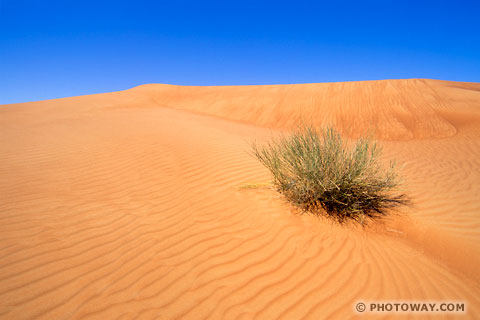
-extracts water from its environment every chance it gets
-Its roots are 2.5 centimeters deep in the soil, so it can soak up as much rain and dew before it evaporates. A giant saguaro can soak up to a ton of water during a heavy rain.
-has a spongy inside layer that helps distribute water in the plant. Its outside skin is pleated, so
when more water is absorbed its outside can expend to make room.
-Growth is very slow (can take thirty years or more before the saguaro can reach 1.5 meters high. After eighty years pass, the plant can be 6 meters tall and still not be full-grown. Two centuries may pass before the plant reaches its mature height)
-By growing slowly, the saguaro expends less energy, food, and water, making it fully adapted to the desert.

-limited amount of leaf surface area exposed to the sun for photosynthesis to supply food for the plant.
-The clear tips of the leaves have a crude optical system that permits light striking the windows to be diffused by crystals of calcium oxalate onto the green photosynthetic area below
-seed capsules will not open to disperse their long-lived seeds until they experience rainfall or heavy dew

-night flying Yucca moth helps pollination
